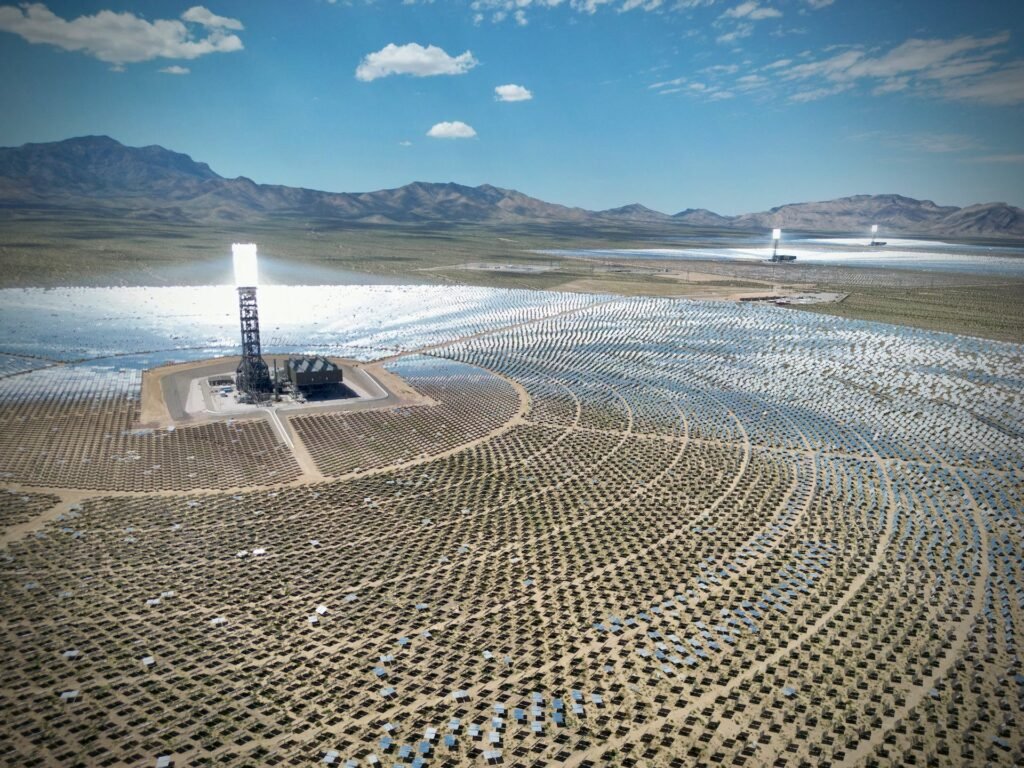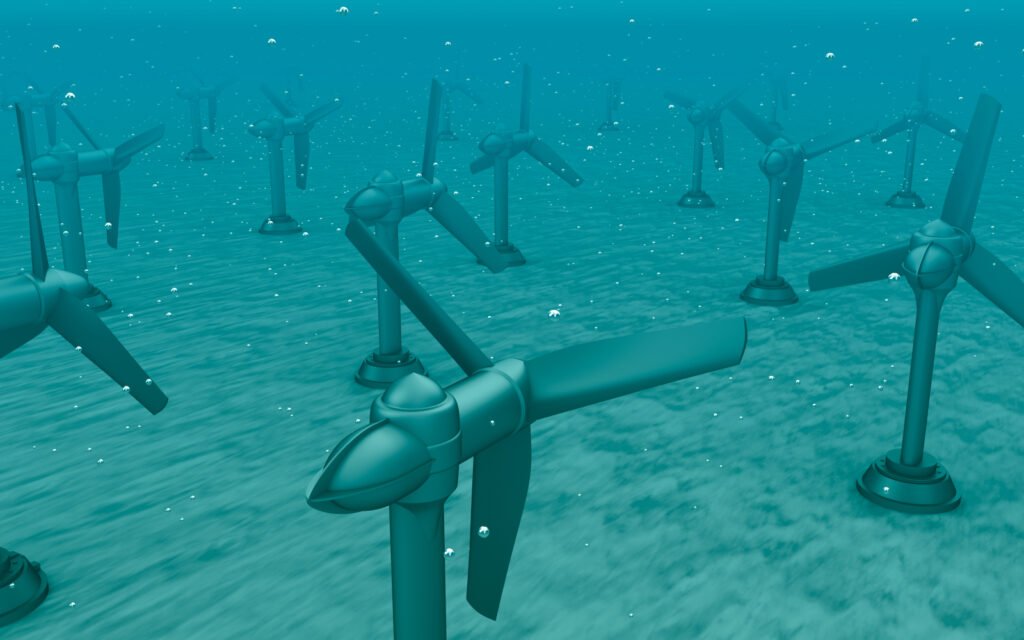Introduction: Renewable energy systems hold the promise of a sustainable future, and computational fluid dynamics (CFD) is at the forefront of optimizing their efficiency and performance. In this blog post, we delve into the diverse applications of CFD in renewable energy systems, from wind farms to hydrokinetic turbines.
1. Wind Energy:

Wind energy is one of the fastest-growing sources of renewable power, and CFD plays a crucial role in maximizing its potential:
- Turbine Design Optimization: CFD simulations enable engineers to design and optimize wind turbine blades for maximum energy capture and efficiency. By analyzing airflow patterns and turbulence effects, designers can refine blade shapes and orientations to enhance power output while minimizing loads and fatigue.
- Wind Farm Layout Optimization: CFD models help optimize the layout of wind farms to maximize energy yield and minimize wake effects. By simulating wind flow over complex terrain and considering factors such as wind direction variability and turbine wake interactions, engineers can strategically position turbines for optimal performance.
2. Solar Energy: While solar energy primarily relies on photovoltaic (PV) panels to convert sunlight into electricity, CFD can still offer valuable insights:

- Building Integration: CFD simulations can assess the airflow around buildings with integrated solar panels, optimizing their placement and orientation for improved energy generation and building energy efficiency. By minimizing airflow obstruction and maximizing solar exposure, CFD contributes to the integration of solar energy systems into urban environments.
3. Hydrokinetic Energy:

Harnessing the power of flowing water, hydrokinetic turbines offer a renewable energy solution for rivers, tidal currents, and ocean currents:
- Turbine Design and Performance: CFD analysis aids in the design and optimization of hydrokinetic turbine blades and configurations. By simulating fluid flow around turbines in different water conditions, engineers can optimize blade shapes, pitch angles, and array layouts to maximize power extraction while minimizing environmental impact and structural loads.
- Environmental Impact Assessment: CFD models help assess the environmental impact of hydrokinetic energy systems by simulating changes in water flow patterns, sediment transport, and aquatic habitats. By evaluating potential effects on fish migration, sediment deposition, and water quality, CFD contributes to the sustainable development of hydrokinetic energy projects.
Conclusion: CFD plays a vital role in optimizing the efficiency, performance, and environmental sustainability of renewable energy systems. From wind farms and solar installations to hydrokinetic turbines, CFD simulations empower engineers to design innovative solutions that harness the power of nature while minimizing their ecological footprint.
For more insights on CFD applications in renewable energy systems and other engineering fields, stay tuned to our blog for future updates and analyses.
